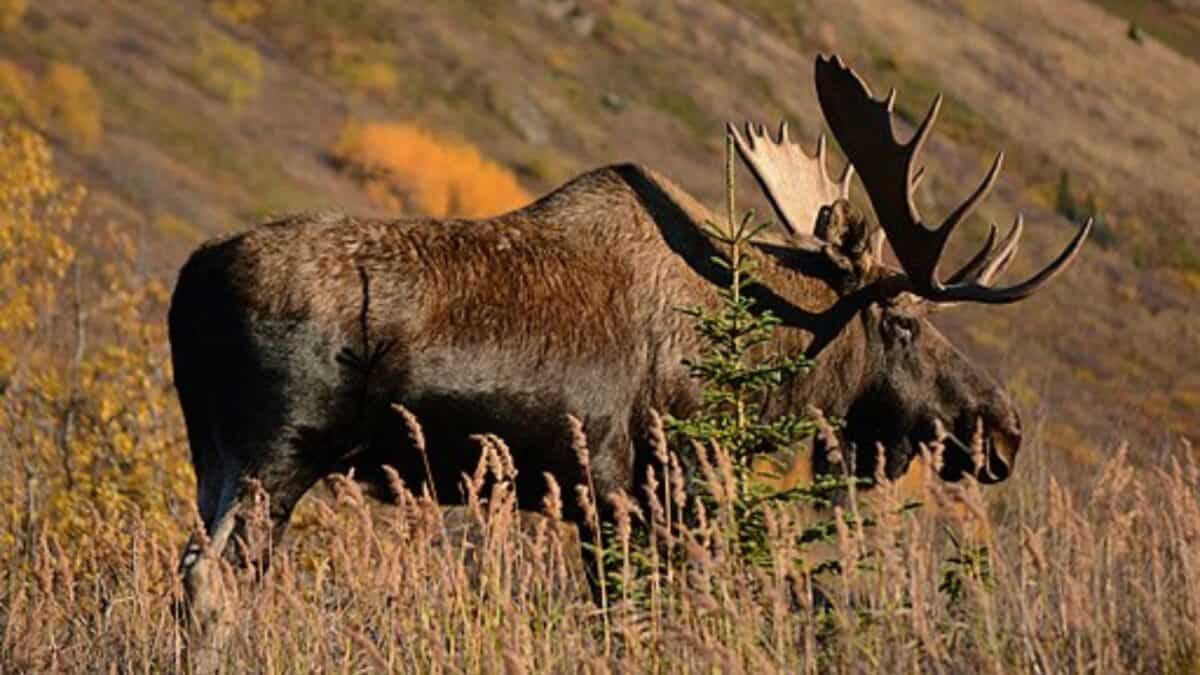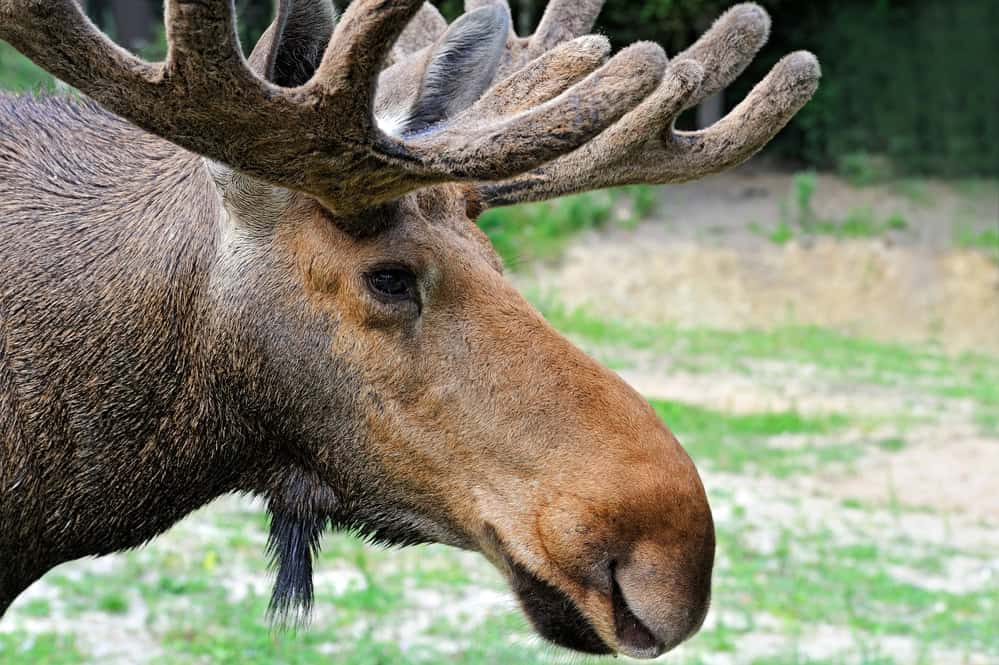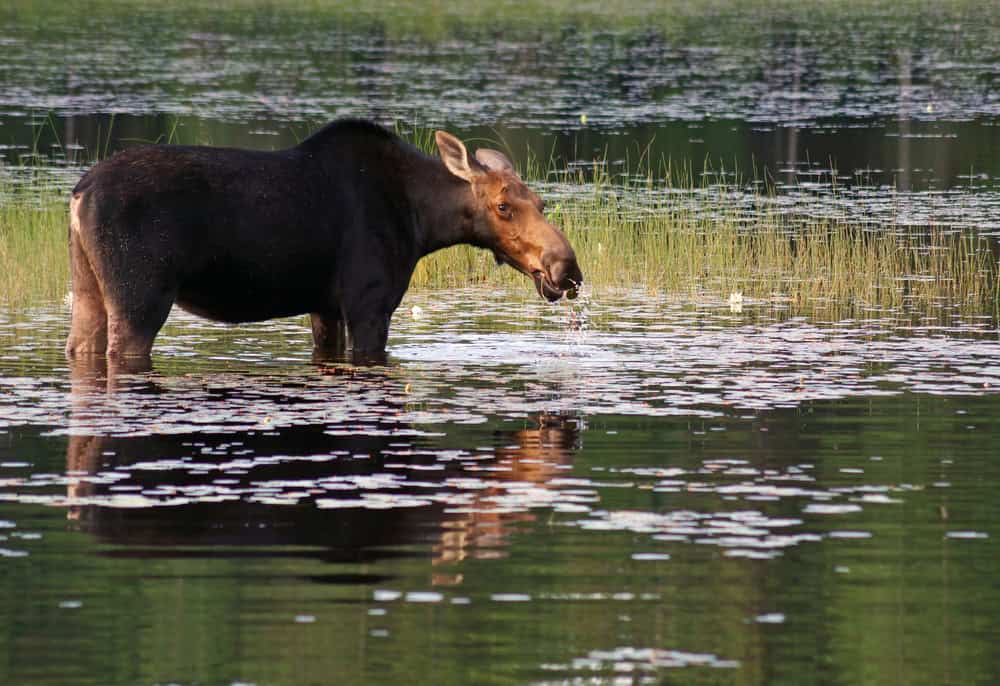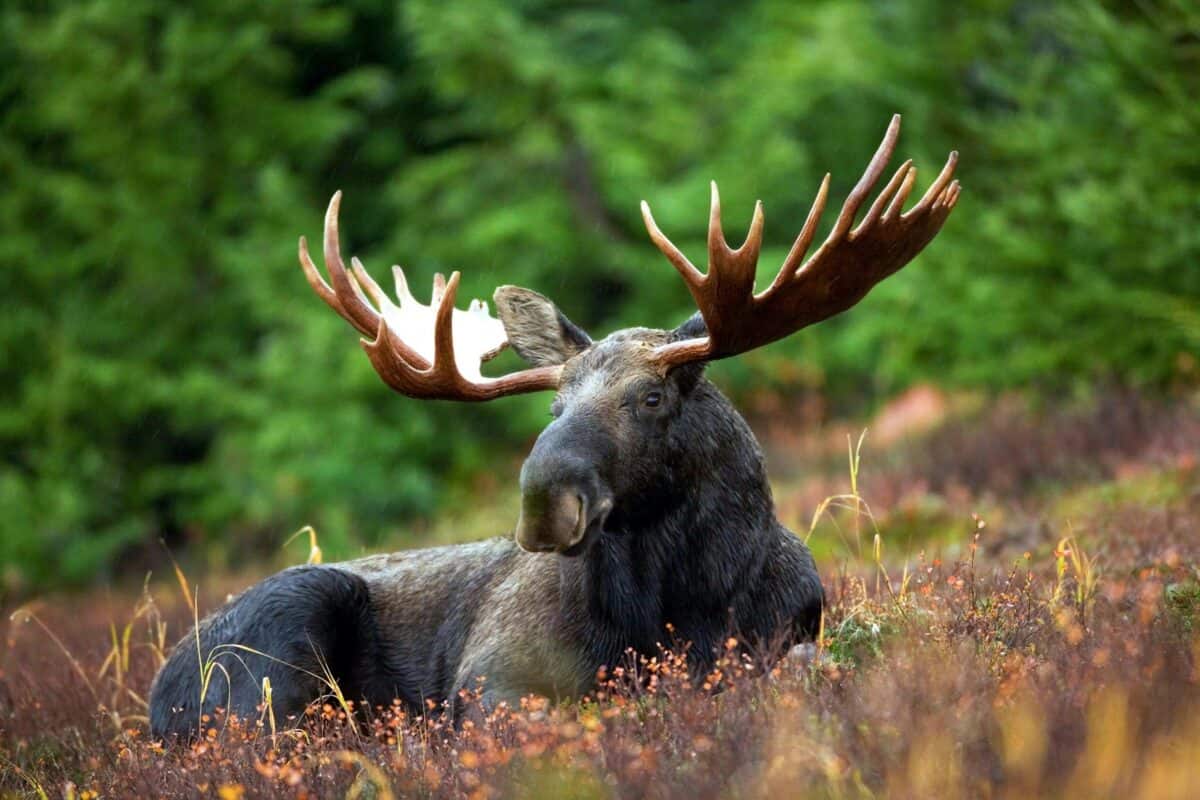Nestled in the heart of the Adirondack Mountains, New York’s wilderness is home to many fascinating creatures. Among them, the moose stands as the largest and perhaps the most intriguing of all. Often shy and solitary, these gentle giants offer a captivating glimpse into the wild side of the Empire State. Let’s delve into the life of the moose in the Adirondacks, exploring their characteristics, habitat, and the unique challenges they face.
Introduction to the Adirondack Moose

The Adirondack Mountains, sprawling across northeastern New York, provide a vast and largely untouched habitat for various wildlife species. The moose, known for its impressive size and elusive nature, is one of the most iconic residents. As the largest member of the deer family in North America, their presence is a testament to the region’s ecological richness.
The Majestic Size of the Moose

Moose are renowned for their impressive stature, often standing over six feet at the shoulder and weighing as much as 1,500 pounds. This size is not just for display; it plays a critical role in their survival, enabling them to navigate through deep snow and dense forest with ease.
Physical Characteristics

Moose are easily identifiable by their long, lanky legs, large muscular bodies, and distinctive dewlap, known as a “bell,” hanging from their throat. Males, also called bulls, sport massive antlers that can span up to six feet across, making them even more impressive.
Habitat and Range

The Adirondacks offer an ideal habitat for moose, with their vast swathes of forestland, abundant wetlands, and slow-moving streams. These areas provide the necessary food resources and cover that moose require for breeding, foraging, and protection from predators.
Diet and Nutrition

Moose are herbivores with a diet primarily consisting of leaves, twigs, and aquatic vegetation. They are particularly fond of plants that grow in or near water, such as pondweed and water lilies, which they often wade into lakes and ponds to obtain.
Behavior and Social Structure

Generally solitary, moose are most often seen alone or in small family groups, typically consisting of a cow and her calves. During the mating season, however, bulls will pursue females vigorously, often resulting in dramatic showdowns between competing suitors.
Breeding and Reproduction

Moose typically breed in late September to early October, with a gestation period lasting about eight months. Most calves are born in late spring and remain with their mothers throughout their first year of life, learning essential survival skills.
Natural Predators and Threats

In the Adirondacks, adult moose have few natural predators, with humans and climate change posing the most significant threats. For calves, however, black bears and coyotes are known to be opportunistic predators.
The Role of Moose in the Ecosystem

Moose play a critical role in their ecosystem, contributing to the health of forest and wetland environments. As they feed, moose help to shape vegetation patterns, promoting biodiversity and providing opportunities for other wildlife species.
Conservation Efforts

Various conservation initiatives aim to protect the moose population in the Adirondacks, focusing on habitat preservation and pollution control. These efforts are crucial for ensuring the continued presence of these magnificent animals in the region.
The Future of Moose in the Adirondacks

While moose populations in the Adirondacks appear stable, ongoing monitoring and conservation work are necessary to mitigate potential threats. Climate change and habitat fragmentation remain significant concerns that require continuous attention and action.
Conclusion: The Enduring Legacy of the Moose

The moose of the Adirondacks are more than just a symbol of wilderness in New York; they are an essential part of the region’s natural heritage. Through continued conservation efforts and public awareness, we can ensure that these magnificent creatures continue to grace the forests of the Adirondacks for generations to come.
- 15 Animals Smarter Than You Think - August 15, 2025
- 14 Most Misunderstood Pets You Should not Overlook - August 15, 2025
- 14 Birds of Prey That Rule the Skies - August 15, 2025

